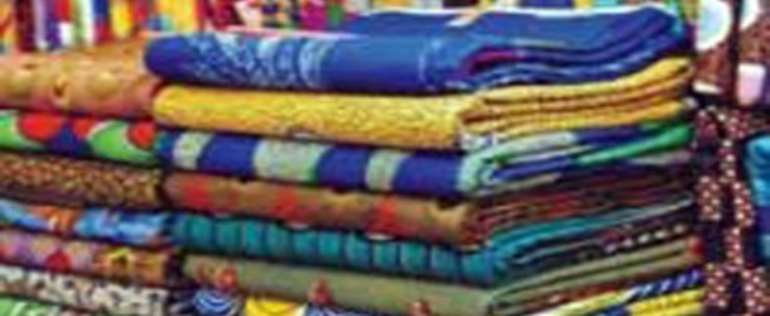To Revive The Textile Industry

There was, as usual, a depressing narrative recently by the Federal Government's Ministry of Trade on the nation's textile industry: The Cotton, Textile and Garment Industrial Subsector is going from a state of coma into final death. And the story of the journey to this state is one of visionlessness. The hope is that the Nigerian government would move from hand-wringing to taking concrete actions to revive the industry.
Before the Structural Adjustment Programme, in 1986, there were 175 fully functional textile mills. The subsector, which engaged over 800,000 employees, accounted for about 63 per cent of West Africa's textile manufacturing capacity and 60 per share of Nigeria's textile market. But by 2008, there were only 25 functional mills, which operated at very low installed capacity level. The total workforce fell to about 24,000 while the total output shrank to about 12 per cent share of the domestic market. Needless to add, demand for cotton and other complementary local inputs also collapsed over the period.
Recent data reportedly obtained from the Manufacturers' Association (MAN) showed that capacity utilisation in the surviving mills stood at 29.14 per cent in 2010 and 49.70 per cent in 2011. The subsector's workers' union disclosed at the retreat that 38 firms had benefited from N100 billion textile intervention fund. The fund, which attracts about 7 per cent interest rate, is expected to be fully accessed this year. The workers' union has called for the fund to be increased to N500 billion with zero interest rate and 20-year tenor to enable more textile companies to have access to cheap fund so as to boost their capacity utilisation. It will appear from the foregoing that with cheap funding and guaranteed market, many dormant mills can be brought back to life fairly quickly. Doubtless, the volume of funding required by the various industrial sectors cannot be met through special intervention funding. Government should therefore embrace correct and proper fiscal and monetary methods in order to force down lending rates across-the-board to about the level attracted by the textile intervention fund.
The previous official import substitution industrialisation strategy gave birth to the earlier pre-SAP heightened activity in the subsector, which cut across the manufacturing sector. But local manufacturing was shortly after given a bad name by inconsistent policy makers as a major user of foreign exchange for imports of raw materials and capital goods while generating little or no foreign exchange in return. That judgment was terribly shortsighted and has set the country back by several decades. Surely, it cannot be gainsaid that any share of the domestic market contributed by local manufacturing (or any industrial subsector) represents savings on foreign exchange that would otherwise have been spent on corresponding imports of foreign finished products.
Additionally, local manufacturing creates direct and indirect jobs as well as facilitates technological transfer. Besides foreign exchange spent on imported raw materials pending available local supply via backward integration would be less than the outlay on imported final products (derived from the raw materials abroad). For these reasons, in the renewed effort to promote local manufacturing, no effort should be spared in shielding the large domestic market for locally based industries with the aid of tariffs and multiple levies to discourage counterfeiting and dumping.
For example, MAN has asserted that 73 per cent of textile and garment sector goods in the domestic market are smuggled. Simple solution! It required concerted policy measures by relevant government agencies to make it difficult for such foreign products to be paid for by tightening access to foreign exchange through unofficial channels. As a result, it would make economic sense for foreign-based firms from which smuggled goods are sourced to return or relocate to this country to produce in order to satisfy the protected domestic market. In this regard, it is a display of lack of both economic savvy and political will for government to set the far-distant target year of 2020 for the textile and garment subsector to achieve a meagre 25 per cent share of the domestic market. Why not target the 60 per cent share of the domestic market by 2020, a mark attained in the pre-SAP era? By that same year, government should make its vision of providing long-fibre cotton seeds at subsidised rates to all cotton farmers a reality in order to guarantee high quality textile products.
To truly save the production sector, or specifically to revive the textile and garment subsector, the critical requirement is to protect the local market for local manufactures and by extension domestic jobs. The tattered flag of globalisation should not be hoisted at the expense of local production and local jobs.
